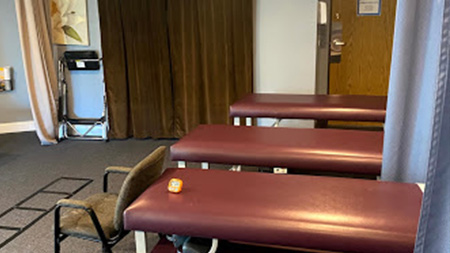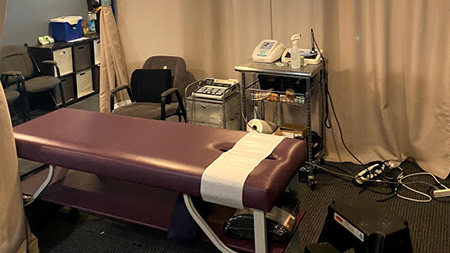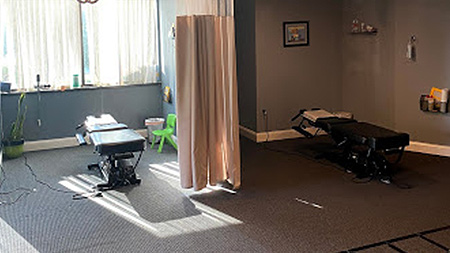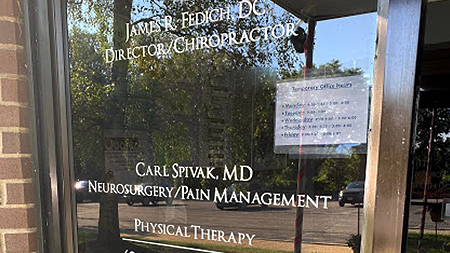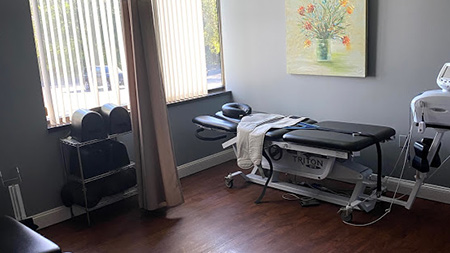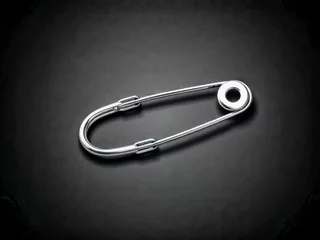
Health Essentials - Safety Pin Cycle
Hey, Dr. James Fedich, Village Family Clinic. Quick little lesson for you. We're talking about safety pin cycles. This is a really popular message out in chiropractic land. I'll tell you a little bit more about how your rigid body works here. So we all know, on top we have our brain. Right? It's a master controller. A lot of times we do talks, people ask, what's the most important organ? We'll get “heart” a lot. We're always saying, you know, if your brain didn't tell your heart to beat, it wouldn't beat. Right? So if you don't have a brain, you don't have anything. So the brain's up top, the master controller, and talks to the rest of the body through your nerves. Right? So we have these nerves coming out, and they talk to your body down here. Right? So the brain, up top, sends electrical signals to the nervous system to all the cells, tissue, and organs in the body. So down here is the body. But when we feel or touch something, it needs to talk back. So everybody's made the mistake of touching a hot stove once. Right? So we move our hand pretty quick if you touch that stove. So what happens is the body gets that message that it's hot, sends these signals back up through the nervous system or up to the brain. The brain then just in that split second sends a signal back down through different nerve channels to tell you to move your hand off the hot stove. That's kind of how the body works all the time. Well, what we found is any disconnection between these, we can have a problem. So researchers have found that just a weight of a nickel, one nickel on one of these nerves will impede the flow. So that's how little pressure we need to have on one of these nerves in the spine to impede the flow of that nerve. There's a disconnection here between the brain and the body by pressure on the nerves. Chiropractors call that a subluxation. It means less than. Right? So it's decreasing the power of the nerves, not being able to communicate. So this nerve goes down to your foot, might be giving you sciatica. That nerve is going to lungs, might be asthma. Just treated children with ear infections, if that nerve is going to the ear. Anything that ear goes, just as enough pressure of a nickel can impede that nerve flow. So what we do with chiropractic adjustments is we use our hands to get that pressure off of that nerve allowing the brain to talk to the body. It also works the opposite way as well. So people with numbness in their extremities, paresthesias, those kinds of things, the signal from the body is not getting back up to the brain. So if there's a little disconnection there as well, you know, know, people say they can't feel their fingers and toes, like, rain out or we're having neuropathies, those types of things. The brain doesn't know what's going on with the body. So I think we want to know where our hands and feet are in space. But if there's any disconnection there as well, we're not able to communicate. So it's important to keep these nerve channels open so the brain can talk to the body and the body can talk to the brain. Call it the safety pin cycle because we draw it out. Kind of looks a little bit of a safety pin. So that's why as chiropractors, we want to get your nervous system checked. Keep those nerve channels open as much as possible to allow this constant communication flow. If there's any disruption in this flow, we can have all kinds of problems, not just pain, numbness, and tingling, but other things like asthma, allergies, sinus problems. So I've also had a lot of people say their allergies and sinuses are getting better when they're under chiropractic care. So it's always important to always keep that brain body connection open and alive and well.






